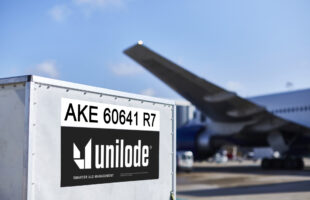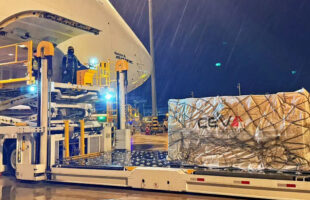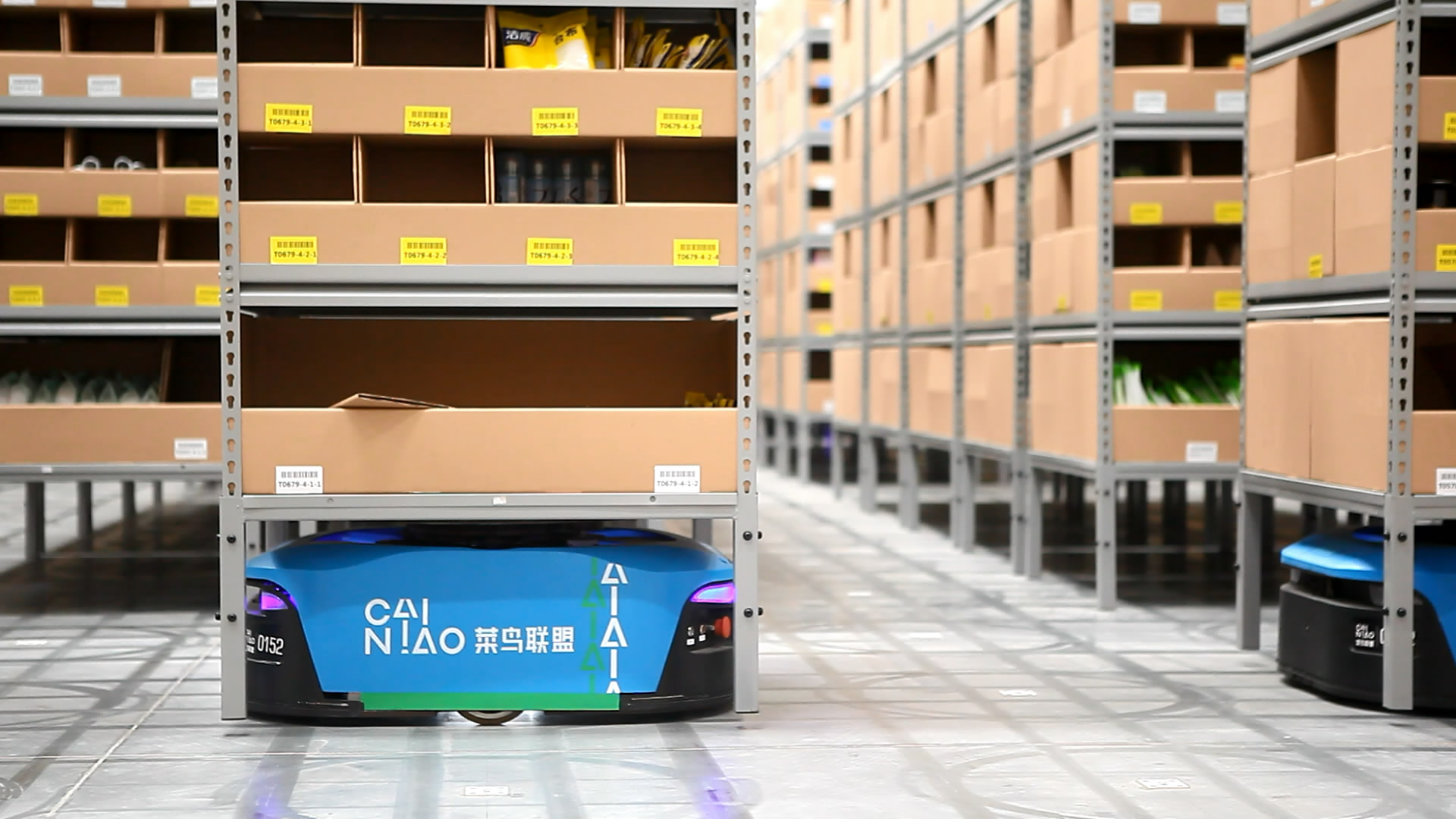
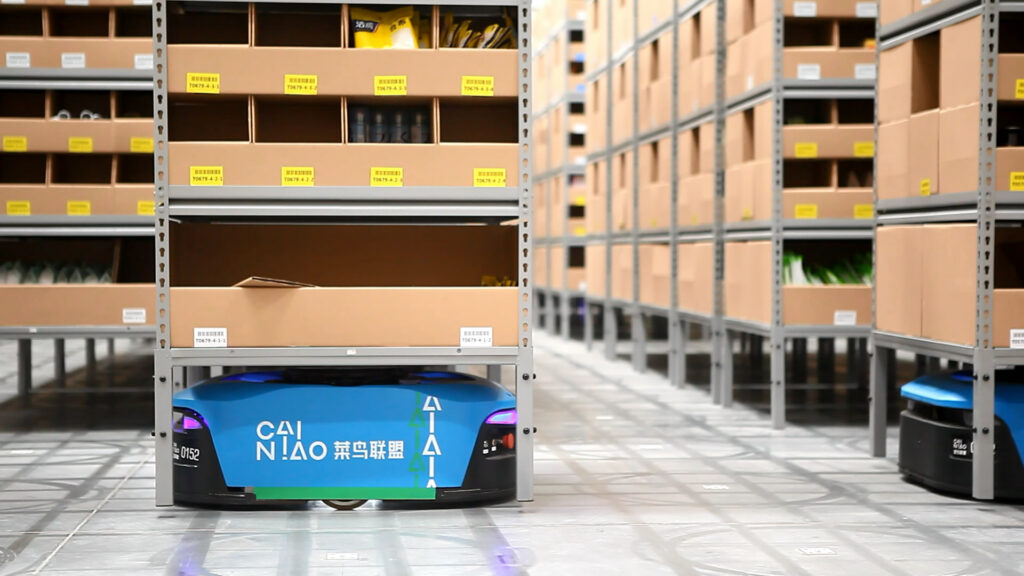
Cainiao turned 10 this year and has evolved from plugging existing gaps in the industry using proprietary technologies, to one that prioritizes customer-centricity. At the company’s recent global summit in June, the company pledged a new benchmark global delivery service, one that will take five working days across the smart logistics network that it is progressively building. The move is rightfully so given the influence of online shopping and e-commerce on logistics players and the need to deliver the overall customer experience. In this interview, William Xiong, Senior Vice President, Cainiao Group, looks back on the group’s evolution in e-commerce logistics and gives his take on the company’s growing role in cross-border trade and transport.
Congratulations on turning 10 this year. Can you share more about Cainiao’s journey? How has e-commerce logistics evolved over the last decade?
We were founded in a time where there were multiple challenges to address, including rising eCommerce trade and surging consumer demands both domestically and internationally. Our mission was to bolster eCommerce growth with efficient local and cross-border deliveries, deliver superior customer experiences, and support global trade flows through industry-wide digitalization. This was achieved with our innovative business model that leverages technology to aggregate industry resources across our partners in order to optimize, streamline and increase overall visibility and transparency of workflows, and in parallel building a global logistics network to increase connectivity and resilience.
The rapid and continuous expansion of the sector is a motivating factor for our growth, and moving ahead, we strive towards greater transparency and visibility across the value chain by capitalizing on our proprietary technologies and logistics capabilities, as well as to continuously enhance customer experiences. All these, in line with our goal to drive impactful change within the industry, and eventually across the entire value chain, is our priority going forward.
To enhance customers’ shopping experience amid today’s eCommerce boom, we launched international express courier services last year to upgrade our end-to-end logistics solutions. At our annual Global Smart Logistics Summit this June, we announced upgrades and improvements to this offering, along with a premium service, Cainiao Express. Not only does this allow doorstep delivery in key markets, but it also offers half-day delivery and night-time pick-up services to cater to different groups of customers.
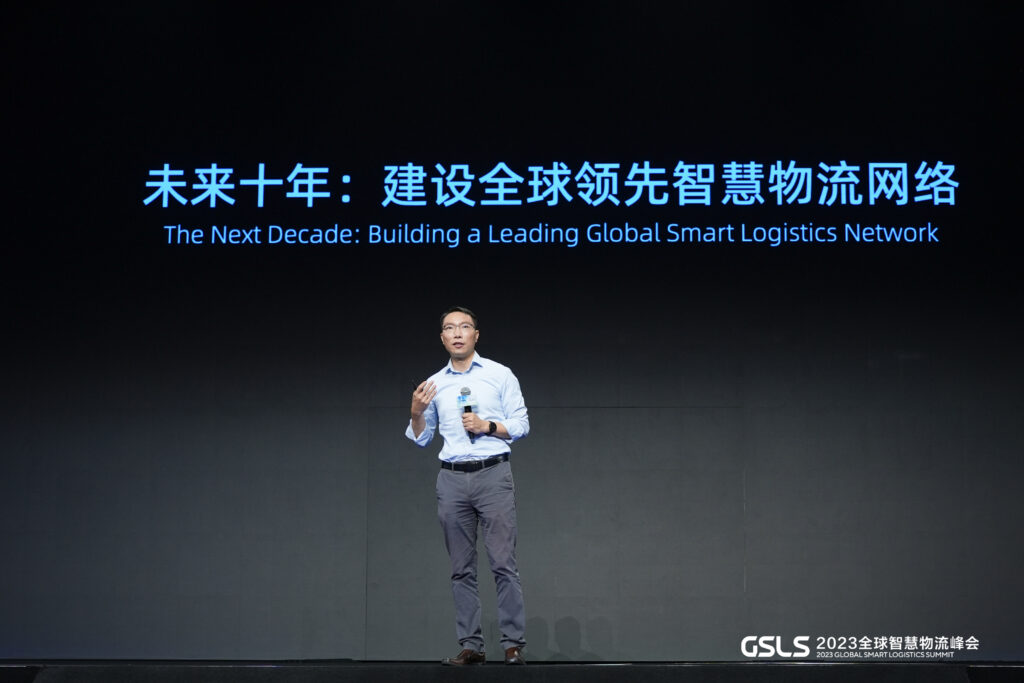
What does 5-day express delivery mean for Cainiao Network? Will this entail more investments in technology and manpower across the value chain?
The express delivery service, launched globally, is a demonstration of our commitment to providing quality delivery services at scale. With cross-border parcels being delivered within 5 days, it will exceed current industry standards by 30% and bring about greater efficiencies and cost effectiveness for customers and merchants.
This builds on our ongoing efforts to bring about faster delivery services, which began with US$10 5-day delivery services in Europe and the United States. This new service is piloted in collaboration with eCommerce platform—AliExpress, to support their cross-border shipments. Here, Cainiao and AliExpress will progressively deliver cross-border parcels within five working days by streamlining its first-mile pick-up, line haul, overseas distribution, and last-mile delivery.
To deepen our logistics capabilities outside of China, we will be focusing on key regions such as Europe, North America, and Southeast Asia with a target to establish one to two local warehousing and distribution centers a year.
Beyond that, we have consistently invested in technology and innovation to empower our partners, customers, and stakeholders across the value chain. We recognize that there are limits to scaling up by ramping up manpower capacities alone, so apart from hiring more personnel, we also prioritize the overall digitalization of operations and network development such as the adoption of automated equipment and infrastructural set-up with warehouses and distribution centers, to keep up with the seasonal surges in demand, particularly around peak shopping periods.
What has been a key issue in terms of managing inventory and supply chains for e-commerce? Do you see any new trends arising as a way to counteract potential disruptions?
Warehouse management has always been a widely discussed issue. Common issues include challenges with addressing ongoing issues due to bottlenecks in other parts of the supply chain, as well as inventory management due to the large volumes of goods and parcels. Increasingly, industry players are acknowledging these issues and creating solutions to address them head-on. To address these issues, we have launched a proprietary pallet shuttle to augment warehouse operations alongside our automated guided vehicles (AGVs) and supply chain control tower that enables enhanced visibility across the supply chain.
While automation has made things easier for manpower in the warehouse, there are several nodes of the supply chain that require a little more than automation alone. Recently, the use of artificial intelligence (AI) has exploded across various industries, and supply chain is not an exception. With advanced analytics and AI, many legacy processes in the sector can be replaced, and humans can be deployed for more meaningful work surrounding customer experience..
By utilizing AI, the supply chain industry can expect to drive transformative change, and make more informed business decisions through predictive analysis and bring about more reliability in service offerings. Generative AI, a booming subset of AI today, is able to provide even more fine-grained control over existing data and insights by complementing existing AI functions.
Where do you see the most potential in terms of e-commerce growth? Why so?
Categories like F&B, beauty, fashion, and FMCG have always been popular among international audiences. Increasingly, consumers are purchasing these goods via eCommerce platforms, and we recognize the urgency to bring about quality yet affordable and efficient delivery services.
There is potential for the eCommerce industry to enhance their data and analytics capabilities – more than has already been done—to allow more personalized engagements with brands and merchants. With more digital transactions, eCommerce platforms now have visibility across the customer journey, including browsing behavior, time to purchase, cart abandonment, and more. There is an opportunity to strategically leverage these data to deliver more personalized and timely interactions and boost customers’ buying journey. Of course, this would require heightened transparency from logistics partners such as ourselves, to share live and relevant updates on delivery statuses.
Can you tell us more about the air cargo centres that the company has planned? How do you see e-commerce logistics evolving in the next decade?
The Shenzhen air cargo center was officially launched earlier this year, in partnership with Shenzhen Bao’an International Airport. The air cargo center aims to support the expanding cross-border eCommerce parcel volumes from China to Latin America by streamlining parcel sorting and customs clearance processes for import and export goods at the airport. This is further reinforced with the use of Cainiao’s proprietary technology equipment, the hand-held LEMO PDA, digital customs clearance system and warehouse management system.
New flights, operated by Atlas Air between Shenzhen, China and São Paolo, Brazil, will operate twice a week with a loading capacity of more than 220 tons per round-trip. This builds on Cainiao’s plan to launch nine more distribution centers in seven Latin America states up until 2025. Statistics show that China became the second-largest trading partner for Latin America, and with eCommerce estimated to reach US$200 billion by 2025, it is an up-and-coming market. This presents vast areas of opportunity for the eCommerce logistics industry, cementing the value of investing in the Latin America market.
Industry players need to leverage partnerships to develop and apply smart logistics solutions, in order to safeguard against external disruptions. Our purpose-driven mindset will ensure that we remain a leader in propelling growth and innovation, and ensuring agility in our operations. Slowly but surely, we will move towards a more resilient supply chain.
60 percent of Cainiao’s revenue in 2022 came from external customers. In a fast-paced industry like e-commerce where you can lose business instantly for a breach or incident, what has been the secret in maintaining old and gaining new customers?
Consistency is key. Over the years, we have prioritized the delivery of superior customer experiences for our partners, customers, and end-consumers. Since then, we have moved away from evaluating our performance using metrics such as parcel volume and instead adopted a more long-term customer-centric lens with the aim of enhancing experiences. With that, our initiatives in technology innovations, partnerships and network development have revolved around the need to continuously improve customer experiences and foster customer loyalty to achieve sustainable growth.





